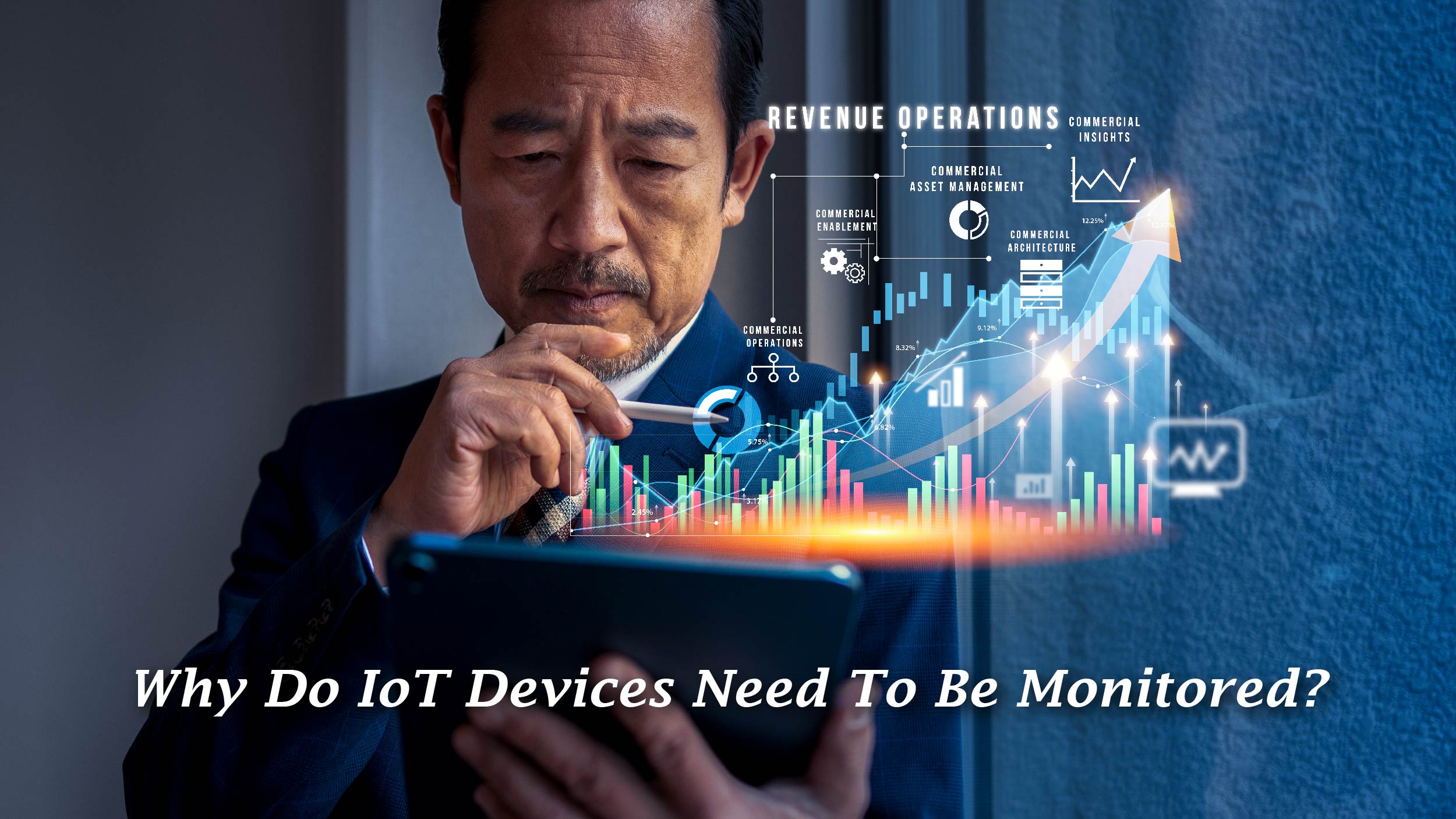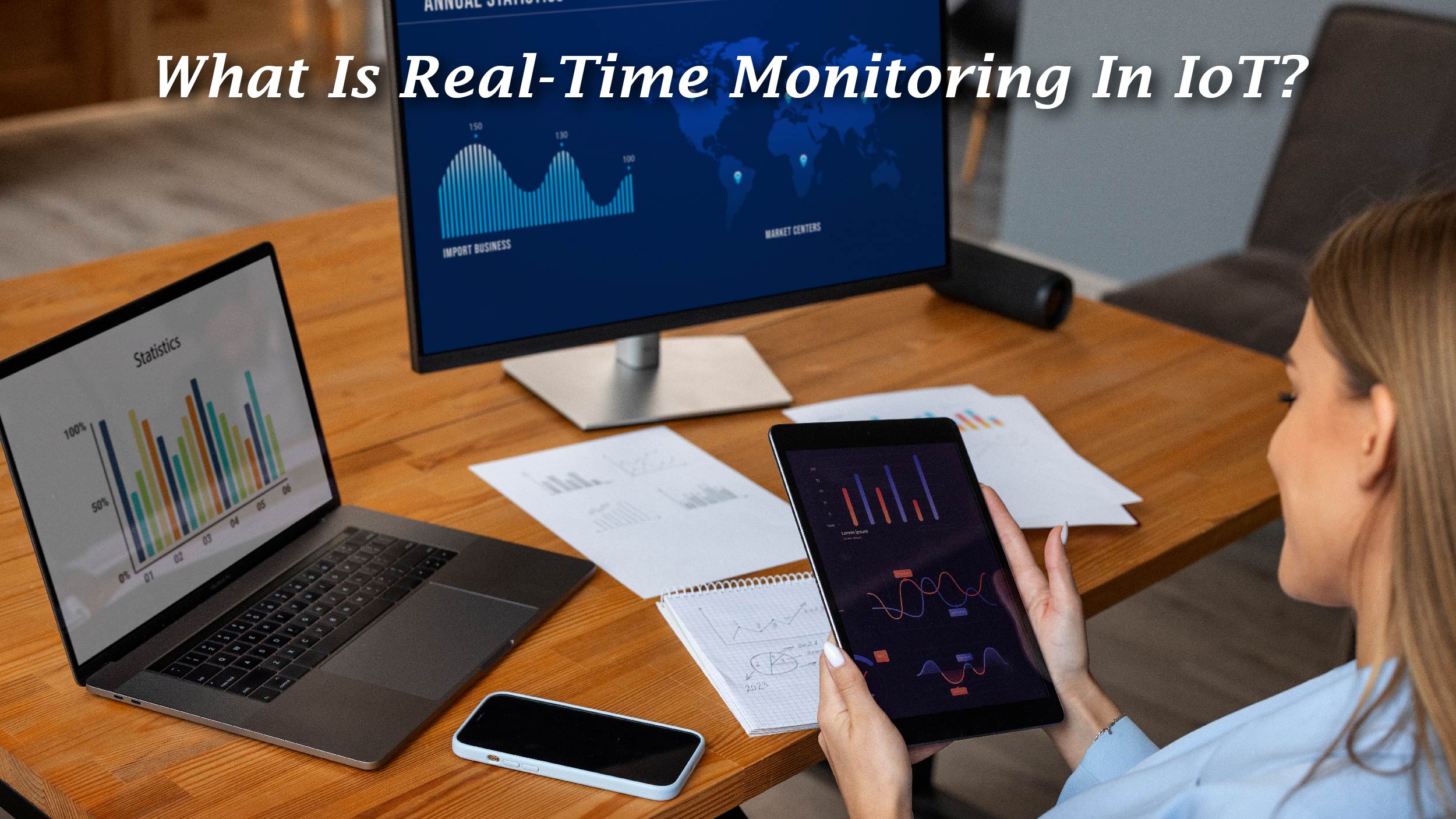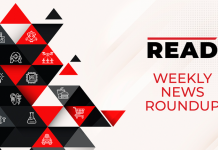In today’s digital era, the Internet of Things (IoT) has emerged as a transformative force, reshaping the way industries operate and monitor their processes. IoT monitoring, in particular, has become a game-changer, offering real-time insights and predictive analytics for enhanced efficiency, productivity, and cost savings. This blog aims to provide a comprehensive understanding of this revolutionary technology and its impact on various sectors.
Without further ado, let’s dive in.
What is IoT Monitoring?
IoT monitoring is the comprehensive practice of identifying, assessing, tracking, and overseeing interconnected devices within an IoT framework. It facilitates immediate supervision and data acquisition of the operational aspects, performance metrics, and problem resolution of these linked devices. This technological approach empowers enterprises to scrutinize their network and efficiently handle extensive event data and alerts, thus enhancing overall performance and addressing issues across diverse devices and applications.
IoT monitoring minimizes product maintenance expenses by enabling remote monitoring and device management, eliminating the necessity for expensive later-stage maintenance. Additionally, it plays a pivotal role in early issue detection, averting failures, and ensuring seamless and effective operations.
Some of the IoT monitoring platforms include AWS IoT device management, Datadog IoT monitoring, MetricFire, IoT SiteWise, and Exosite’s ExoSense.
Why Do IoT Devices Need To Be Monitored?

Monitoring IoT devices is essential for multiple reasons. It guarantees the security and integrity of interconnected devices, particularly in critical sectors like utilities, healthcare, and finance. This is crucial to mitigate risks associated with vulnerabilities. Additionally, IoT monitoring aids in the early detection of security breaches, protecting devices from cyber threats and unauthorized access.
Also Read : Everything You Need to Know About Composite Materials in 2024
Additionally, proactive maintenance and troubleshooting are streamlined, minimizing downtime and costs, particularly in industrial and enterprise environments. Importantly, remote monitoring is essential for devices located in inaccessible areas, guaranteeing optimal performance. All of these factors escalate the need for IoT devices.
Moreover, a study by McKinsey & Company highlights that IoT solutions could generate up to USD 11.1 trillion a year in economic value by 2025 across various sectors, including manufacturing, healthcare, agriculture, and transportation. This underscores the immense potential of IoT monitoring in revolutionizing industries and driving economic growth.
Impact on Industries
Internet of Things monitoring has revolutionized the industrial landscape by offering unparalleled insights and capabilities across diverse sectors. In manufacturing, IoT-enabled monitoring systems facilitate predictive maintenance, minimizing downtime and reducing maintenance costs. Furthermore, in the healthcare sector, IoT monitoring solutions have paved the way for remote patient monitoring, enabling healthcare providers to deliver personalized care and interventions. Research indicates that the global remote patient monitoring market is projected to reach USD 1.8 billion by 2026, demonstrating the increasing demand for IoT-enabled healthcare solutions.
Benefits of IoT Monitoring Devices
IoT device monitoring offers a range of benefits, including:
- Efficiency Improvement: Identifying performance gaps in real time enhances overall efficiency.
- Security and Intrusion Detection: Efficiently detects intrusions, security breaches, and performance issues, ensuring device security.
- Remote Monitoring and Management: Monitors applications, processes, and events in hard-to-reach locations, ensuring optimal performance.
- Automation and Remote Access: Simplifies updates, provides status information, and contributes to a robust cybersecurity strategy with automation and remote access capabilities.
- Cost Reduction and Improved Uptime: Automation and optimization reduce maintenance costs, enhance uptime, and boost productivity.
- Visibility and Contextualization: Provides insight into the security, behavior, and performance of IoT assets, offering contextual understanding and performance tracking.
- Healthcare Advantages: Enables simultaneous reporting and monitoring in healthcare, potentially saving lives during emergencies and improving remote patient monitoring.
What Is Real-Time Monitoring In IoT?

Real-time monitoring within IoT involves the continuous and immediate collection and analysis of data from interconnected devices, processes, or events. This method ensures up-to-the-moment information, minimizing delays and allowing swift detection of anomalies, performance issues, and critical events. Crucial for network security and end-user experience, real-time monitoring is particularly vital in industries like IT and manufacturing. It encompasses data collection from on-premises hardware, networks, security systems, virtualized environments, and cloud-based application stacks. This approach is essential for the efficient and secure operation of IoT devices and systems, enabling rapid responses to critical events and anomalies.
Harnessing the Potential of IoT Device Monitoring
As industries continue to embrace the potential of IoT monitoring, the need for robust cybersecurity measures becomes paramount. With interconnected devices and data transmission, cybersecurity threats pose a significant risk. According to a study by Gartner, spending on IoT security is projected to reach USD 3.1 billion by 2021, reflecting the increasing focus on safeguarding IoT ecosystems from cyber threats.
Moreover, the integration of edge computing with IoT devices has gained traction, enabling real-time data processing at the edge of the network. This approach reduces latency and bandwidth usage while enhancing data security. Research by IDC forecasts that 50% of new enterprise infrastructure will be deployed at the edge by 2023, showcasing the growing prominence of edge computing in IoT monitoring architectures.
The Road Ahead
IoT monitoring stands as a catalyst for transformative change across industries, offering unparalleled insights, operational efficiencies, and economic value. As industrial leaders and technology enthusiasts increasingly integrate IoT remote monitoring software, the question arises: How will the convergence of IoT, edge computing, and cybersecurity shape the future of industrial operations and pave the way for a new era of innovation?
As the world continues to witness the rapid evolution of IoT monitoring, one thing remains clear – the potential for growth, efficiency, and innovation is limitless, positioning IoT device monitoring as a pivotal force in shaping the industries of tomorrow.




